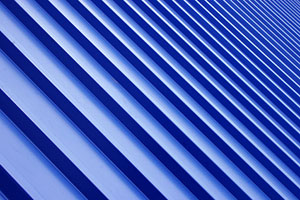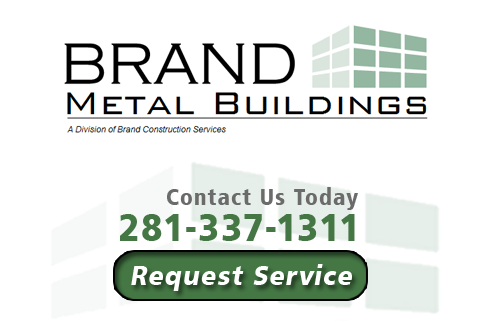How & Why To Retrofit Your Metal Roof For Hurricane Wind Resistance
 While metal roofs are strong, not all stand up to the battering of hurricane-force winds, as some in Houston have unfortunately found out during Harvey. A good number of metal roofs need retrofits to fortify the strength of the structure.
While metal roofs are strong, not all stand up to the battering of hurricane-force winds, as some in Houston have unfortunately found out during Harvey. A good number of metal roofs need retrofits to fortify the strength of the structure.
There are all types of building codes to consider when building a metal roof, one of which is strong windstorm resistance. Wind uplift and negative pressure is a real problem for any type of pitched roof, no matter what it’s made of. As we understand more of what happens during hurricanes, building codes have become more stringent.
Your metal roof may not have a sufficient wind uplift rating for your particular geographical region. In coastal regions like Houston, your roof better be anchored down right or the entire thing, including rafters, decking, and ductwork, can be ripped right off the building.
A retrofit for your existing metal roof will fortify the strength of the structure to resist high winds.
Anchoring Your Metal Roof
Not all metal roofs are built the same way. One of the most important aspects of the construction is how it is anchored to the building.
When installing the various anchoring systems for wind mitigation retrofits, it’s important not to violate the integrity of the roof or the warranties associated with it.
There are many things that will need to be anchored, such as trusses, wind-performance systems, gas piping, stack/flue bracing, conduit, etc. The anchoring fortifies the strength of the entire metal roof structure.
Install Hurricane Straps
The trusses of your roof are likely not anchored with hurricane tie straps.
There are two basic types of hurricane straps (or clips). One type wraps around the roof trusses and is anchored to the wall. The other is just anchored to the wall and trusses.
The first type of strap is going to hold the trusses more securely. The retrofit helps your metal roof to resist the upward force of hurricane winds.
Install Gable End Bracing
The gable ends of the metal roof are vulnerable to high winds. This is why so many roofs come off during hurricanes.
Gable end bracing is one retrofit that needs to be done. It is installed to anchor the gable construction with the timber or metal roofing products.
A roofing specialist will need to determine which retrofit would be necessary because it varies between roof types and the roof load involved.
Install Roof-to-Wall Connections
Roof to wall connections anchor the metal roof structure to the walls. There are several different retrofits that can be used.
Toe nailing is the weakest type and anchor bolts are one of the strongest. Again, the method used will depend on the type of walls of the building and the type of roof deck involved.
Install Roof Deck Attachments
The roof deck can be retrofitted with fasteners. When high winds create negative air pressure, the roof deck can be sucked right off the trusses and rafters.
Roof deck fasteners can be screws, staples, 8D nails, and others that anchor the metal roof decking down. By making all the retrofits above, your metal roof will have the best chance during hurricane-force winds.














